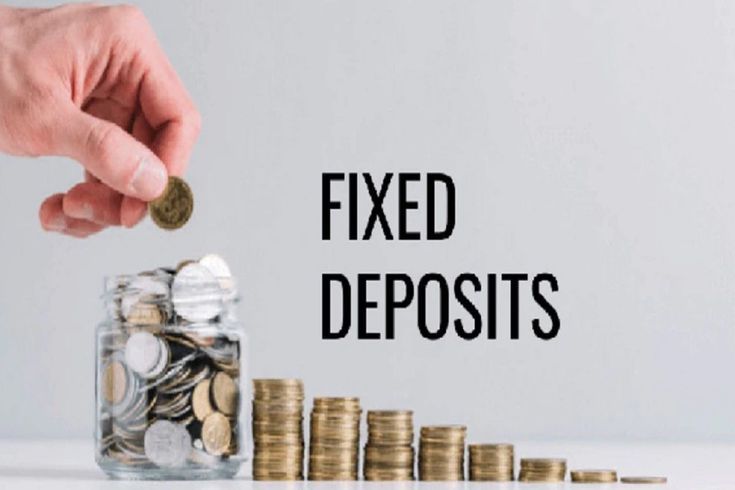Opening a fixed deposit used to mean filling out forms and waiting in line at the bank. Not anymore. These days, you can open FD online in just a few minutes — no paperwork, no branch visits.
If you’ve never done it before, here’s a step-by-step guide that takes you from account opening all the way to maturity.
Step 1: Choose the bank or platform
Start by deciding where you want to open the FD. If you already have a savings account with a bank, that’s the easiest place to begin. Your KYC is done and the process is smoother.
Alternatively, financial platforms now offer options to compare multiple banks, helping you choose the one with the best rate. Just make sure the platform is well-known and secure.
Step 2: Log in and find the FD section
Once you’re logged into your internet banking or app, look for the section that says “Term Deposit” or “Fixed Deposit.” Click on it and start the FD booking process.
You’ll need to enter the amount you wish to invest and choose the term or duration.
Step 3: Set your tenure and interest option
Most banks let you select from a range of tenures — from a few days to several years. Pick what suits your goal.
You’ll also be asked how you want your interest. If you prefer a lump sum at the end, choose cumulative. If you’d rather get money every month or quarter, go for non-cumulative.
Step 4: Confirm your details and submit
Before locking in the FD, double-check everything. Amount, interest rate, tenure, maturity date — it’s all usually displayed clearly. Once you confirm and submit, your fixed deposit is created immediately.
You’ll receive a digital receipt or confirmation on email or SMS.
Step 5: Keep track of your FD
After booking, your FD details are always visible in your banking app. You can check interest earned, maturity value and remaining duration at any time.
Closer to the end of your term, you’ll get reminders. You can either renew your FD or withdraw the amount. It’s all possible online.
Why it works for many
When you open FD online, you save time and avoid unnecessary paperwork. It’s also easier to manage and monitor. Whether you’re parking emergency funds or planning for a short-term goal, FDs provide a stable option.
And if you’re already into bonds investment, having an FD on the side adds an extra layer of safety and liquidity to your portfolio.





Comments